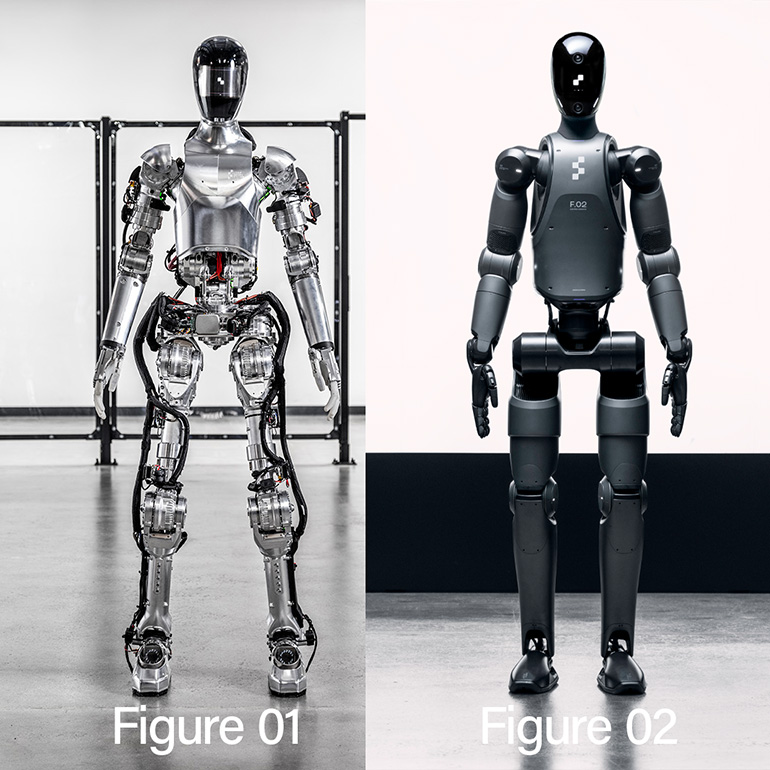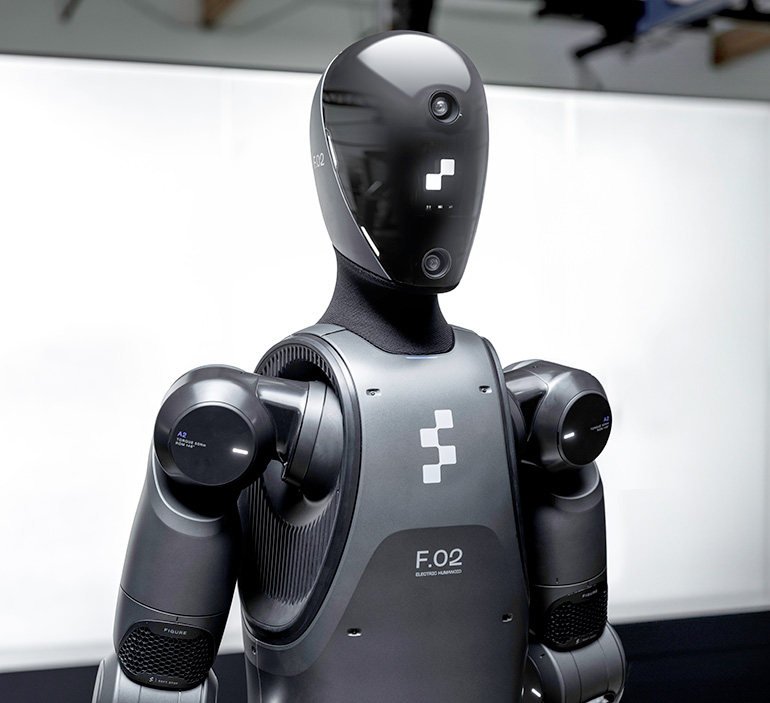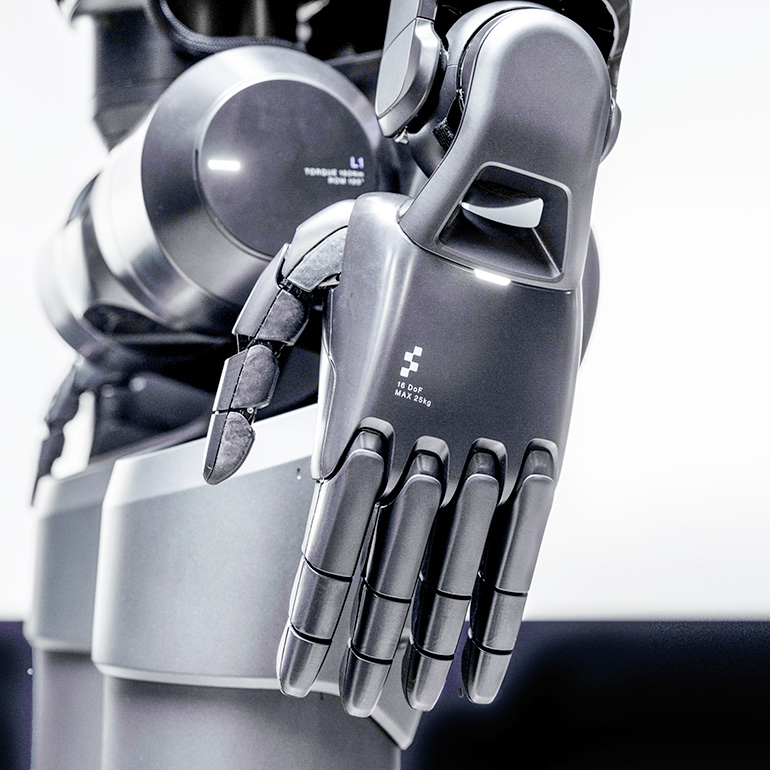Figure 02 humanoid robot is ready to get to work
Figure AI has unveiled Figure 02, its second-generation humanoid, as it takes steps toward commercializing the robot.
The post Figure 02 humanoid robot is ready to get to work appeared first on The Robot Report.
Figure AI Inc. today unveiled its second-generation humanoid robot. Figure 02 refines every element of the original Figure 01 design, and the company said it is one step closer to its goal of selling production humanoids to industrial users.
Figure AI received a 2024 RBR50 Innovation Award for the accelerated pace of development that it demonstrated last year. Figure 02 shows that the Sunnyvale, Calif.-based company has continued to innovate and iterate at a furious pace in 2024.
The first-generation robot, Figure 01, took its first steps and manipulated items within its first year of development. Figure AI has both investment from and a strong partnership with OpenAI. That relationship helped it demonstrate live interactive speech-to-speech task execution with a human.
Figure 02 has a sleeker form factor
The Figure 02 robot has a similar stature to its predecessor the Figure 01, but this latest design includes several improvements.
The most obvious change is the matte black finish of the robot’s “skin,” rather than the chrome metal finish of Figure 01. Where Figure 01 looked like it was wearing a suit of armor, Figure 02 looks like a modern sports car with curves and fit and finish.
Figure AI said it had to “over-design” Figure 01 to survive the rigors of endless hours of testing in the lab.
Cabling is another part of the robot that has evolved between generations. In Figure 01, the cabling was routed outside the chassis on purpose to support test harnesses, the swapping of sensors and motors, and to make repairs faster.
In the Figure 02 generation, all of the cabling has been integrated into the limbs, protecting it from the environment and preparing it for long hours on a production line.
According to Figure AI, the new robot’s battery capacity is 50% greater than that of Figure 01, enabling it to work longer in real-world deployments. The battery has been integrated into the torso of the humanoid’s body and brings its center of mass closer to the centerline. This serves to make the robot more nimble, claimed the company.
Figure AI has also manufactured custom motors for the robot to optimize for power and performance of each joint. The motors are integrated with the drive trains of the robot’s joints.
Reliably routing internal cables through rotary joints is the bane of every roboticist when designing a new robot. Figure 02 has a clean design for its shoulders, elbows, hips, and knees, the four main joint groups on the robot.

Figure 02 (right) is similar to its predecessor, but it includes refined components and enhanced capabilities. | Credit: Figure AI
Figure 02 is ready for voice commands
Some of the more memorable videos released by Figure AI over the past year demonstrated the robot interacting with a human via voice commands. AI model training is core to the intelligence and capabilities of the robot. The relationship between Figure and OpenAI has enabled the company to quickly test, validate, and iterate on the speech-to-speech capabilities of the robot.
Figure 02 has 3x the computation and AI inference available onboard in comparison with the previous generation, said Figure AI. This enables the robot to carry out tasks in the real world fully autonomously, it added.
The new model is equipped with six RGB cameras that the robot uses to perceive the physical world. It has an onboard vision language model that enables fast common-sense visual reasoning from robot cameras, Figure AI said.
Figure 02 is now capable of conversation with humans through onboard microphones and speakers connected to custom AI models trained in partnership with OpenAI.
The humanoid processes all imagery onboard for perception, obstacle avoidance, and, perhaps most importantly, hand-eye coordination so the robot can identify and pick up items in front of it.

Figure 02 includes six cameras, onboard microphones and speakers that enable it to sense its surroundings and communicate verbally with people. | Credit: Figure AI
Nothing up its sleeve
Since its inception, Figure AI said it has invested heavily in the design and function of its robots’ hands. The latest design has 16 degrees of freedom (DoF), and is capable of carrying up to 25 kg (55.1 lb.).
The hand is similar to that of humans, with four fingers and an opposable thumb. Figure AI said its goal is to be able to manipulate anything that a human hand can grasp.
Each finger is actuated by an integrated unit that includes the sensors and motor. The wrist is another novel design that provides a similar range of motion to a human wrist while encasing and routing all of the power and sensor-signal wiring to the hand and fingers.

The company has iterated frequently on the design of the hands for the Figure 02. | Credit: Figure AI
Figure AI has a large war chest
Figure AI was an investment darling in early 2024. The company has raised $675 million to date. On The Robot Report Podcast. investor Jamie Lee from Tamarack Global shared why he is excited about the potential of humanoid robots. Labor availability is a major concern in multiple markets, from manufacturing to warehousing and healthcare, Lee noted.
With Figure AI’s war chest, co-founder and CEO Brett Adcock has “put the pedal to the metal” in the race to bring autonomous, bipedal robots to market in the next two to five years.
Earlier in the year, Figure deployed the robot to a BMW plant in South Carolina for testing and to gather data for AI model training. The company successfully demonstrated that its system could function in an industrial environment and that it could learn to perform basic tasks.
Competitors Agility Robotics’ Digit and Apptronik’s Apollo have been deployed for relatively simple tasks at GXO Logistics. In addition, Amazon was testing Digit, and Mercedes-Benz has tested Apollo.
Similarly, Tesla envisions using Optimus in its factories, and Boston Dynamics plans to test its latest version of Atlas in Hyundai’s facilities.
The post Figure 02 humanoid robot is ready to get to work appeared first on The Robot Report.

